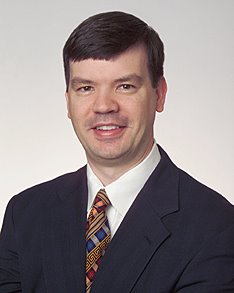In an environment where as much as forty percent of malpractice suites may be groundless, there are precious few tools for punishing plaintiff attorneys who attempt legal shakedowns. It is an expensive and frustrating process to counter-suit and most physicians don't have the time or resources to pursue it. However, when the right (or in this case wrong) doctor is sued who has both frustration with being sued and the resources to do something about it, sometimes the tables can be turned.
Twice in recent years in Louisville,KY (where I lived until recently) there have been stinging rebukes to attorneys who have pursued cases where they could find no medical experts to agree with their positions. Read here & here for these cases. Both cases involved several physicians whom I know and they represent some of the regional experts in their fields of Orthopedic Surgery & Neurosurgery.
An interesting proposal for addressing the broken system of medical malpractice has been proposed by the organization Common Good. They advocate the development of specialty "Health Courts" (similar to existing administrative tax or workmen's comp court proceedings)whose hallmark would be medically-trained, full-time judges making precedent-setting decisions about proper standards of care, would remedy the unreliability of our current system. Giving up jury trials and scheduling noneconomic damages such as pain and suffering would lead to more people being compensated, and to their receiving their money sooner.
Support for this alternative comes from sources ranging from The National Law Journal, USA Today, The Wall Street Journal, Forbes, the AMA, and the American College of Surgeons. Predictably, the ABA has opposed alternatives ththehe current swamp of medical torts, where almost 60% of all plaintif judgments are now consumed by attorney fees & court costs. The Harvard School of Public Health is working with Common Good in conducting research to answer unresolved health court policy questions. They are analyzing individual state constitutional impediments to health courts, doing projected cost analyses, developing a tiered schedule for noneconomic damages-which would have upper limits-and working out the standards for compensation.
Wednesday, May 31, 2006
Subscribe to:
Post Comments (Atom)






No comments:
Post a Comment